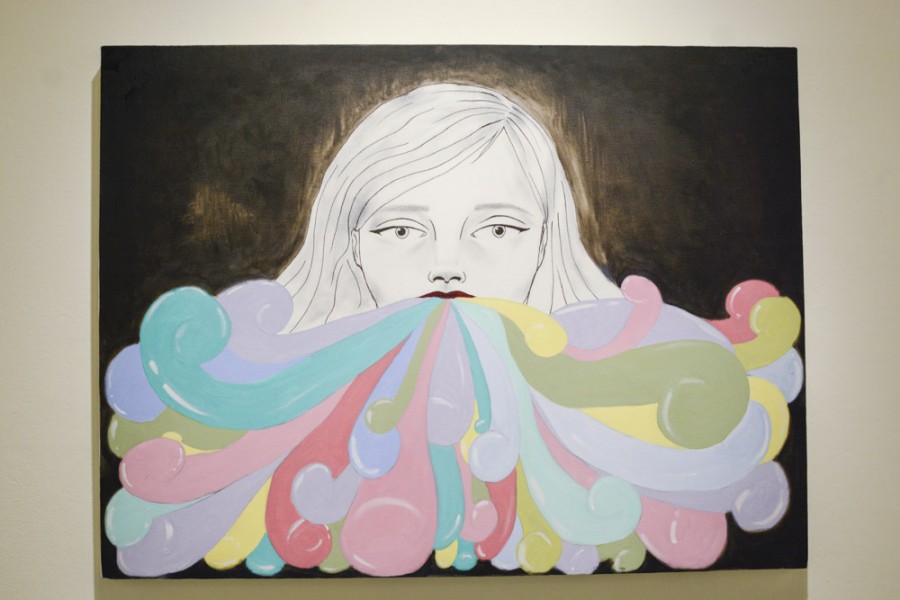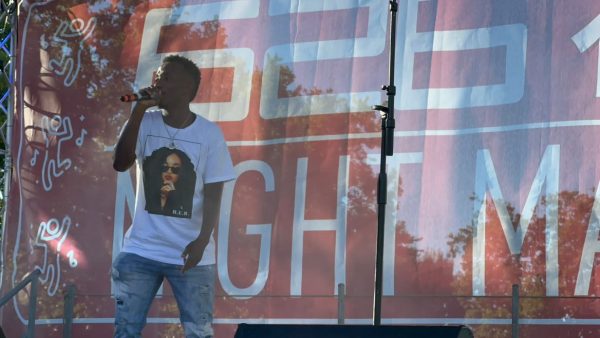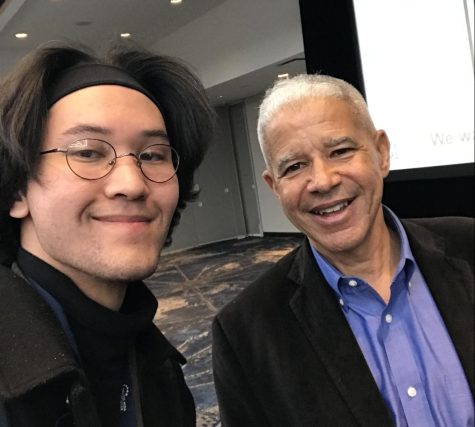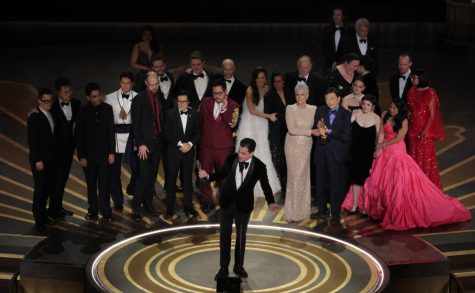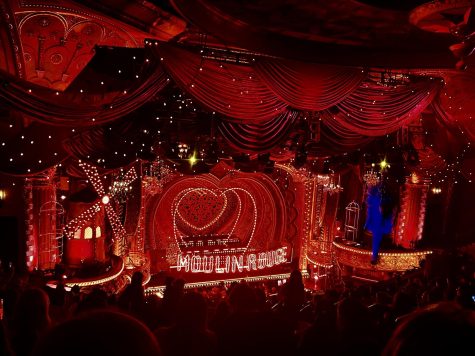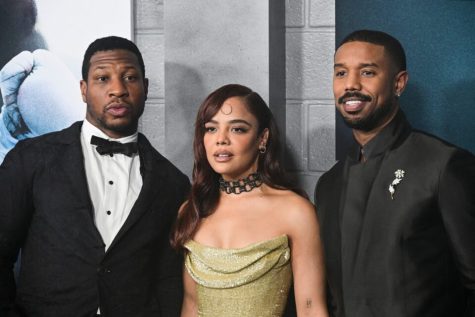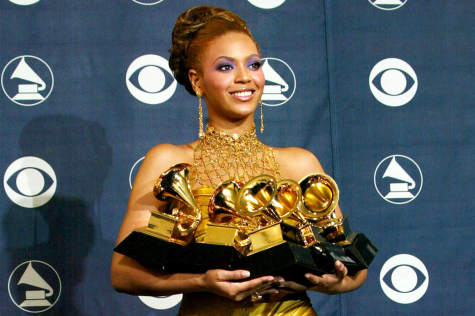Art a lifestyle for CSUEB students
February 11, 2016
The university’s Bachelor of Fine Arts is hosting its annual art exhibit. Two of the artists featured share their passion and the deeper meaning behind their work. Art is not just a school project for them, but a way to communicate important and challenging messages.
The gallery is open Monday through Thursday from 11a.m to 4p.m. Students and community members are invited to walk through and explore the student artwork. The gallery started on Jan. 12 and will close on Feb. 18.
There are three rooms that feature student art work on its white walls which adds a modern, chic feel. There is a mellow, groovy tune played in the background. There are drawings, paintings and graphic art along the walls; in the middle of each room there are 3-dimensional pieces. It is immediately noticeable that the gallery is very clean cut and elegant.
For Diana Manriquez, a third year traditional art student at Cal State East Bay, art doesn’t only reflect her school work, but her life as well. Manriquez clothing style is goth-chic: big jackets, platform shoes, comfortable clothes — norm-core. She listens to groovy indie, modern music, classic punk and oldies metal. One of her favorite bands is Blood Orange, music that is influenced by the 80s. She paints scenes and portraits with watercolors. She made a 3-dimensional piece, a clear backpack which contains a collection of seemingly random white objects — a knife, a tampon, nail polish, a cigarette — with pink lines on them. Her intention was to make a statement on the limits of privacy, feminism and exposure.
In the BFA program, Manriquez works closely with other students and faculty who have worked in the art world. “We are in a community where everyone is discovering themselves and surrounding yourself with these people is inspiring,” she said. One of her fellow students Abner Hauge is also featured in the gallery.
Hauge is a traditional art student who uses ink and watercolors on white paper. His work includes a woman in a burqa, images of a couple about to kiss, a police car that seems to be running into a person, nude figures, fire and guns. Lines of text, typically satirical or profanity, often run alongside his images, a similar format to punk rock artist Raymond Pettibon.
“I am definitely trying to talk about a bigger picture socially and politically, but I do a lot of activist, research work,” he said. “There’s a lot of reasons you can’t say this or that directly in life. Censorship, burning bridges with other people, etc. But a lot of things worth saying are hard to say because language doesn’t describe the world perfectly. I feel like part of an artist and writer’s job is to try to expand our ability to describe things in the world.”
As Hauge became more interested in activism, journalism and political science, it started to emerge in his work, mostly non-fiction comics. Hauge explained that he wrote a comic for Sierra Club at the end of the year called “Hot to Breathe Rocks in the East Bay” about pollution that was published in The Yodeler and then had his storybook-style pamphlet about land grabs published in the Oakland Institute called, “My Home, My Land.”
He believes art is powerful and wants to use his work politically; he does what he thinks is the right thing to do. “To tell people ‘oh art is just about making us feel good and connected and creative’ is complete horse s—,” Hauge said. “If we think art is useless except as a diversion, then all the power to use art goes to advertisers and corporations and the people we’re fighting.”
Art has consumed his life. “Art is terrible and I don’t like making it,” he said. “I smoke weed and play video games in my free time but art has to ruin that too. I like punk, post-punk, I’m super into Death Grips. I’m one of those horrible perpetually single dudes who has one pair of black jeans, one blue, doc martens and 100 punk band t-shirts.”
The BFA program allows students to experiment with different styles and express themselves. It allows for more concentrated work within a specific discipline: digital graphics, multimedia, photography and traditional arts. BFA candidates must complete an additional ten classes versus the regular degree.
“Art is how we manage perception, just look at how powerful advertising is,” Hauge said. “Art is how we control how other people think about the issues we talk about.”




